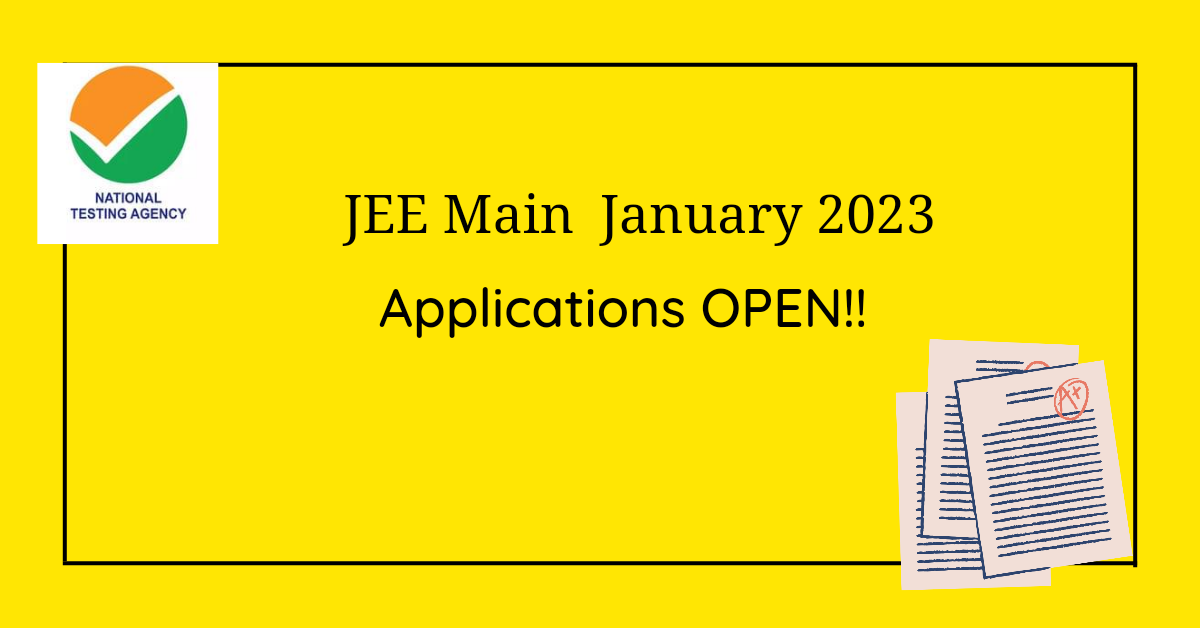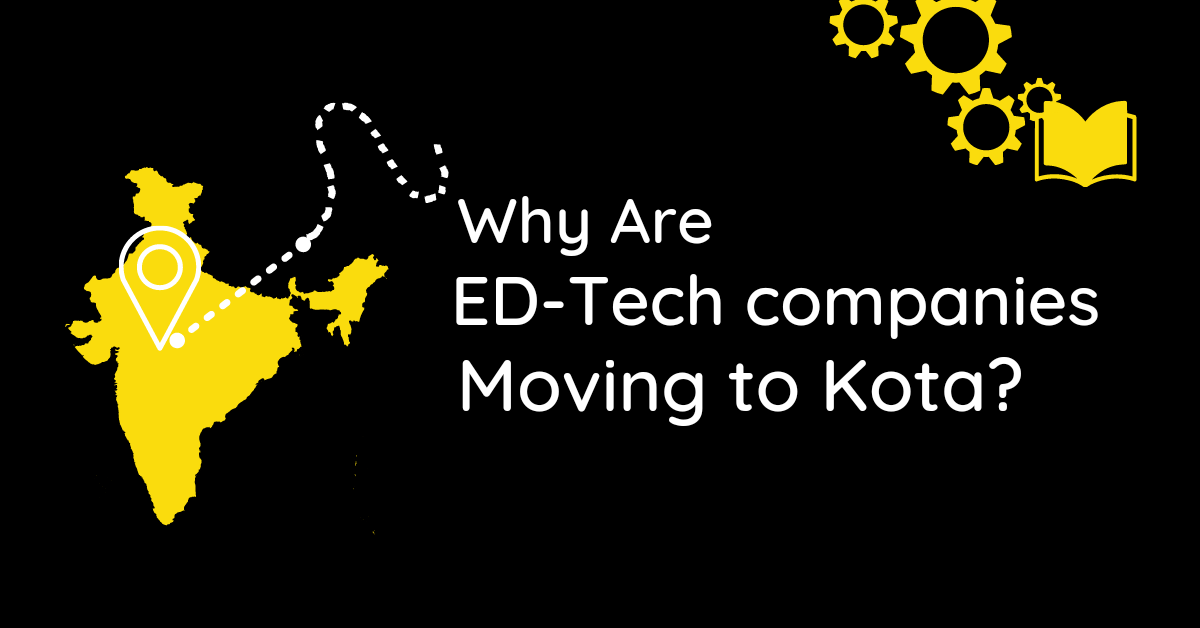As per the latest data collected byUnified District Information System for Education (UDISE) in 2020-21, there is a high dropout rate of school students in India, especially at the higher secondary level, which is about 14.6 percent of the total number of students enrolled.
Why scholarships are needed in developing countries like India?
National Family Health Survey(NFHS)-5 conducted in 2019-21 indicates one of the most cited reasons is the cost of education in our country, with about 16 percent of boys and 20 percent of girls of the total dropouts affirming to relinquish their studies due to financial hindrance.
The demand for skilled and well-educated people in the workforce is increasing significantly, and quality of education has become an essential need of the hour.
Is financial constraint the only reason for school dropouts?
Many other reasons like the early marriage of girls, the compulsion to earn money for a living for boys and declining interest in studies are few to be named. However, the majority of dropouts are due to monetary insufficiency.
Scholarship schemes and their advantages
Scholarship opportunities act as a boon for young talented and meritorious students willing to continue their education despite having financial inadequacy. Many students from stable family backgrounds also try to get scholarships for getting a source of encouragement and easing out the load on their parents.
Types of scholarships:
Various types can be distinguished based on merit-based scholarship, means-based Scholarship, and merit-cum-means based scholarship. Earlier, the Indian education system was quite dilapidated and had many shortcomings, but with the new education policy and new schemes, the Central Government as well as the state government has initiated various scholarship schemes to provide financial support for deserving students.
Advantages of scholarships:
• Scholarships help in empowering your academic and career growth by overcoming financial barriers.
•It encourages students to perform well for availing more financial assistance in near future.
•Scholarships on a merit basis leave a good impact on your future when employers see your records.
We have compiled the list of top scholarship schemes by the government and private organisations:
- CSIR innovation award for school children
- Dr. APJ Abdul Kalamscholarship, Ignite awards
- NASA Ames Space Settlement Contest
- Post-matric scholarship for minorities
- Post-matric scholarship for disabled children
- Financial assistance for wards of beedi/ Cine/ IOMC/LSDM workers
- CBSE merit-based scholarship for single girl child
- EWS scholarship
- Prime Minister’s special scholarship scheme for 10th and 12th passed students of J&k and Ladakh.
- NSDL siksha sahyog scholarship
- Albert Einstein International scholarship for school students
- RD Birla scholarship exam for school students
- Swami Dayanand scholarship program for Delhi/NCR students
- Begum Hazrat Mahal national scholarship for meritorious girl students
- Vahani scholarship for school students
- Kishore vaigyanik protsahan yojana
- SOF SEE(scholarship of excellence in English)
- Science Olympiad foundation scholarships
- TATA building India online essay competition
- Toppr Asha program
- Ryan merit cum means scholarship
- Aakash ANTHE program
- National child award for exceptional achievement
- National Talent Search Examination (NTSE)
There are a lot more scholarships available, we are emphasising the details about the best scholarship programs based on fees reimbursement due to financial and need basis
Post-matric scholarship for OBC and SC students
The objective of this scheme is to provide financial assistance to students belonging to OBC or SC caste. These scholarships are provided by the government of Delhi and the Ministry of tribal affairs respectively to provide financial assistance at the post-matric and post-secondary levels.
Eligibility :
The candidates must fall under the desired category and should be Indian nationals
The total family income of the candidate must not exceed 1,00,000 rupees
Reward :
The reward for day scholars is INR 225,and for hostellers, it is INR 750 for 10 months.
Students also get benefitted from various allowances ad study tours.
CBSE merit scholarship for single girl child
This scheme is aimed to encourage parents having only one girl child to promote their higher education.
Eligibility :
Single girl child studying in CBSE schools in class 11 or 12.
Must have secured more than 60 percent marks in class 10, in a CBSE board school.
NRI students studying in CBSE schools can also apply if having Indian nationality.
Reward:
A total amount of INR 500 is given for 2 years.
Students can apply on the CBSE scholarship portal online.
Kishore vaigyanik protsahan yojana (KVPY)
This scholarship is provided by IISc Bangalore (Indian institute of science) to students pursuing science in their 10+2 as well as graduate level up to Ph.D.
Eligibility :
Students need to qualify for the aptitude test and interview round conducted for KVPY.
Reward:
A monthly amount of 5000 is provided till graduation level and 7000 for post-graduation level
NSDL siksha sahyog scholarship for class 11 students
The main purpose of this scheme is to provide financial aid to economically poor but meritorious students.
Eligibility :
Class 10 passed with a minimum of 60%
Reward :
A total of INR 5000 is provided monthly
R. D . Birla scholarship exam for school studies
This exam filters the most talented students in the whole country and ranks them as genius, super genius, and brainiacs according to their performance.
Eligibility :
Students studying in any recognized board in India upto class 10 can apply
Reward:
Genius -50,000
Super genius -75,000
Brainiacs -1,00,000
Begum HazratMahal National Scholarship for meritorious girl students
Earlier known as Maulana Azad National scholarship for meritorious girls belonging to minorities was launched by the late Atal Bihari Vajpayee at the National Conference for the educational and economic development of minorities in 2003at Delhi
Eligibility :
girl students belonging to minority communities i.e. Muslims, Christians, Jains, Parsis, Sikhs, and Buddhists are eligible
Candidate must be studying in class 9-12 and must have secured at least 50 percent marks in previous exams.
Total family income should be less than 2,00,000.
Reward:
The amount of the scholarship is Rs. 6000 for classes 11 and 12
SOF scholarship of excellence in English
It is an exam-based scholarship conducted in many countries.
Eligibility :
Students must have secured at least 90% in English and at least 85% in total for all subjects in the previous class.
Reward:
A scholarship amount of 5000 plus a merit certificate is given to 120 students in India.
Financial assistance for wards of beedi/ Cine/ IOMC/LSDM workers- post matric
This scholarship is provided by the Ministry of Labour & employment under the government of India.
Eligibility :
Wards of iron ore & manganese chrome ore mines(IOMC) workers, limestone & dolomite mines(LSDM) workers, and beedi and cine workers benefitted.
Monthly family income should be less than 10,000.
Reward:
Upto Rs 15,000 is rewarded
Students can apply online through the National scholarship portal.
Post-matric scholarship for students with disabilities
This scholarship aims to provide relief for students of class 11 to post-graduation level.
Eligibility :
Students with more than 40 percent disability and family income less than 2.5 lakhs per annum are eligible.
Reward:
Maintenance allowance, book allowance, disability allowance, and other benefits.
FAQs regarding scholarships?
Who can apply for class 11 and 12 scholarships?
A candidate who is 10th passed is eligible. However, each scholarship program has a different set of eligibility criteria.
Is a good academic background necessary for scholarships?
A good academic background is a prerequisite for merit-based scholarship only. Other means-based scholarships don’t ask for very outstanding academic achievements.
How to avail of scholarships and which documents are needed?
Nowadays, all the scholarship programs need to be applied online in their web portal, e.g. National scholarship portal has many scholarship schemes funded by government authorities.
Documents that are needed mainly include family income certificates, caste certificates, and previous years’ mark sheets.
Article by Alishka Kushwaha
































